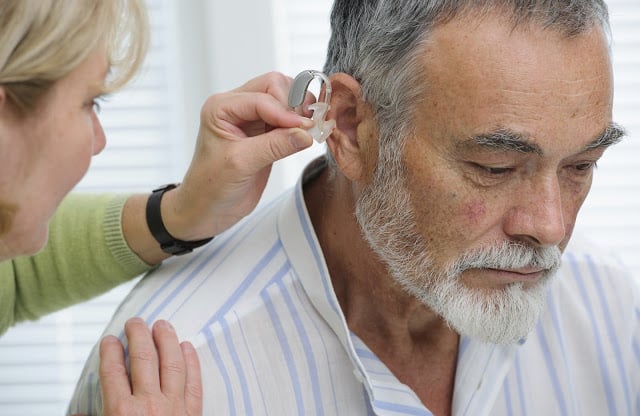All too often people have nagging medical issues that they feel aren’t serious enough to call the doctor. Sore throats often fall in this category. It’s easy to pass off a sore throat as the symptom of a cold or just “something I get every winter.”
How do you know when a sore throat is more than just a sore throat?

Let's learn more about a few signs that your sore throat could be something more serious like tonsillitis; when that tonsillitis might warrant having your tonsils removed, and how to recover after a tonsillectomy.
Is it just a sore throat or is it tonsillitis?
Tonsillitis is an inflammation of the tonsils caused by a viral or bacterial infection. Tonsillitis in and of itself is not contagious but the illness causing the inflamed tonsil is. Common infections that cause tonsillitis are strep throat, influenza, and mono (Epstein-Barr virus). However, not everyone with those illnesses develop tonsillitis. If you are experiencing two or more of these symptoms for more than 24 hours, it’s time to call the doctor.
- Difficulty or painful swallowing
- Fever
- Enlarged and tender glands in the neck
- Bad breath
- Visibly red and swollen tonsils
- White or yellow patches on the tonsils
- A scratchy or “lost” voice
- A stiff neck
Tonsillitis: do I have my tonsils removed
Tonsillitis is actually a very common issue and does not require a tonsillectomy in most case. The tonsillitis itself is treated by treating the illness that is causing it.
For example, if your tonsillitis is caused by strep throat—a bacterial infection—your doctor will prescribe you an antibiotic and plenty of rest. However, if you are experiencing frequent bouts of strep throat or other viruses that are causing repeated cases of tonsillitis, your doctor will most likely recommend a tonsillectomy.
Sore throats aren’t the only reason for a tonsillectomy
Sometimes a doctor may recommend a tonsillectomy even if you don’t have frequent viruses affecting your throat. For example, enlarged tonsils can cause breathing issues and affect the quality of your sleep.
How to recover from a tonsillectomy
Adults often have a harder time recovering from a tonsillectomy than children. However, regardless of the cause of the tonsillectomy or the age of the patient, the recommendations for a strong recovery are the same:

- Manage the pain. Take the prescribed pain medications as they are prescribed so that you can stay ahead of the pain. If the pain becomes unbearable, call your doctor and ask for more or different pain medications. Adults tend to have a more painful recovery and it is important to follow your doctor's instructions regarding all pain medications.
- Stay hydrated. One of the reasons you don't want to let your throat pain become unbearable is that you will need to be able to swallow liquids so that your body is hydrated and can work on healing. Popsicles or slushy drinks are a good way to get liquid into your body because their coolness feels good on your sore throat.
- Stick with soft foods. Puddings, ice cream, jello, soups, and other soft foods are easier to swallow and will not aggravate the healing process. The sooner you eat and chew, the faster you will recover.
- Get plenty of rest. Expect to take 7-10 days of recovery time before you return to normal activities. You may need more time before returning to athletics, exercise, or other vigorous activities. You should discuss acceptable activity levels with your doctor.
Noticing pain in your throat? Think it might be your tonsils?
The doctors at Logansport Memorial Hospital can help. Request an appointment online and a care coordinator will get back to you within three business days to set a date and time.


